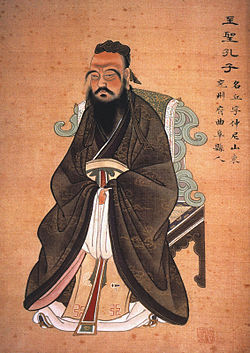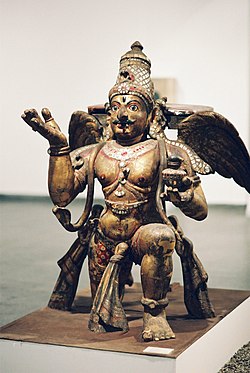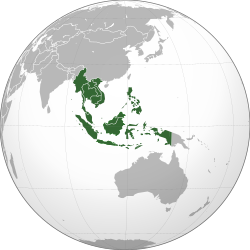An editor has nominated this article for deletion. You are welcome to participate in the deletion discussion , which will decide whether or not to retain it. |
This article has multiple issues. Please help improve it or discuss these issues on the talk page . (Learn how and when to remove these messages)
|
Eastern culture, also known as Eastern civilization and historically as Oriental culture, is an umbrella term for the diverse cultural heritages of social norms, ethical values, traditional customs, belief systems, political systems, artifacts and technologies of the Eastern world.
Contents
- Terminology
- Traditions
- Religion
- Cinema
- Cuisine
- Cultures
- Medicine
- Gallery
- See also
- Notes
- References
- Bibliography
While there is no singular and catch-all "Eastern culture", there are subgroups within it, such as countries within East Asia, Southeast Asia, or South Asia, as well as syncretism within these regions. These include the spread of Eastern religions such as Buddhism or Hinduism, the usage of Chinese characters or Brahmic scripts, language families, the fusion of cuisines, and traditions, among others.













































